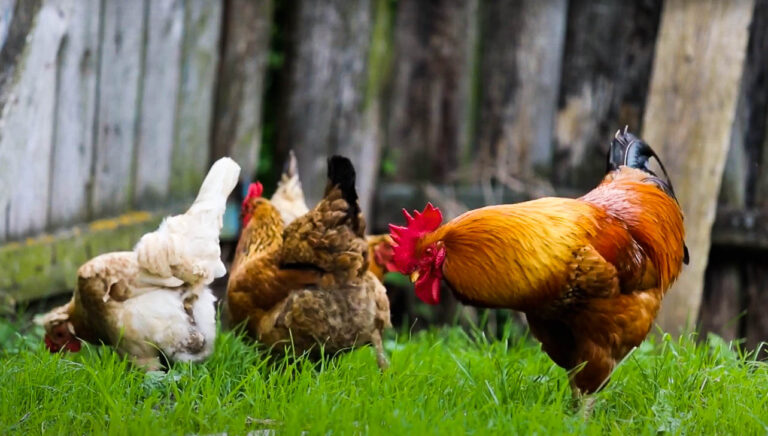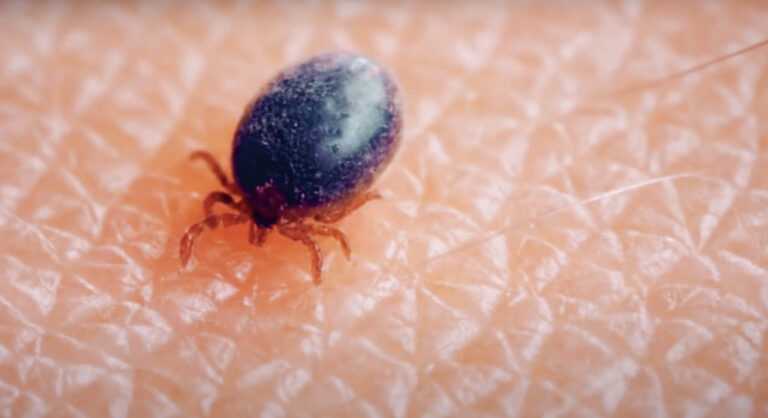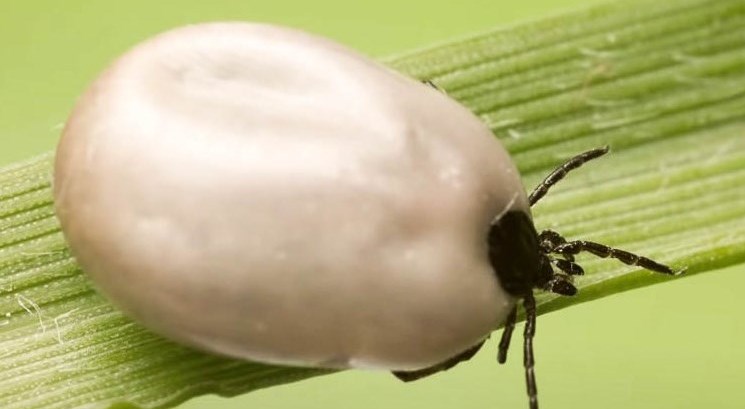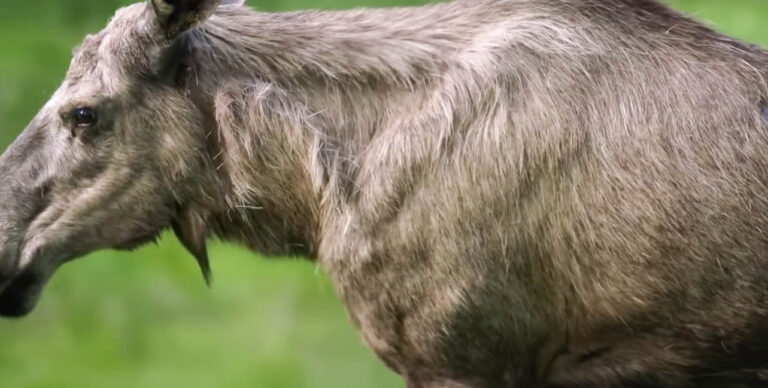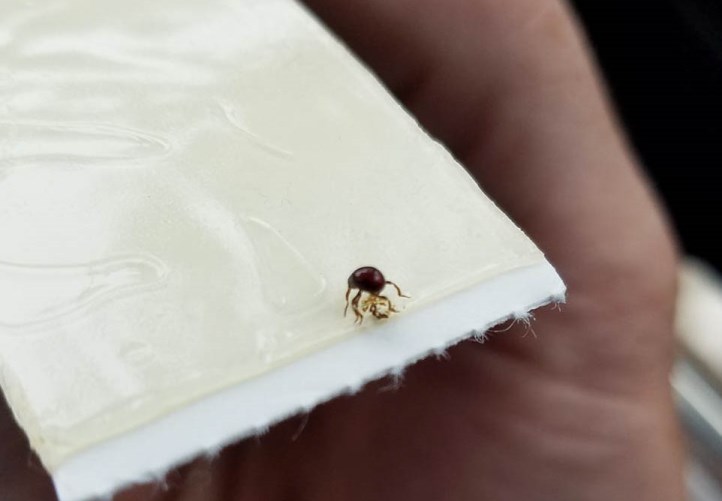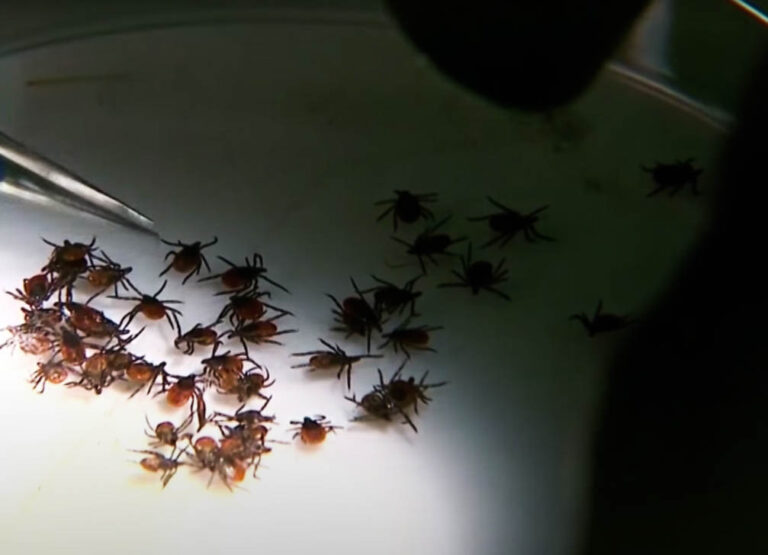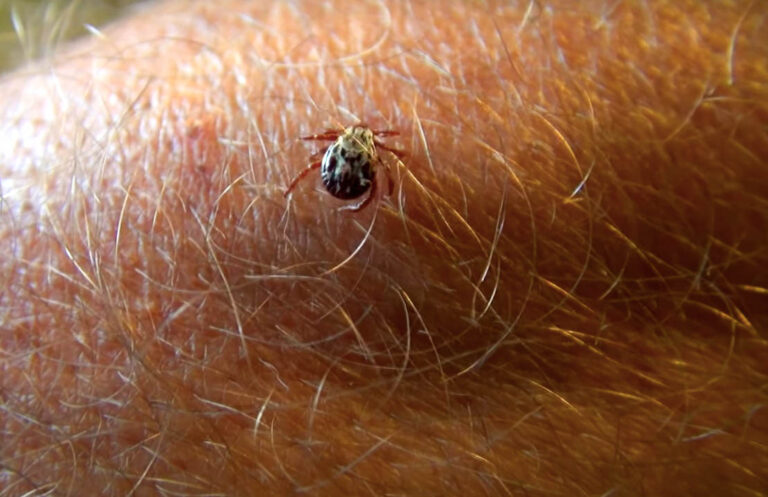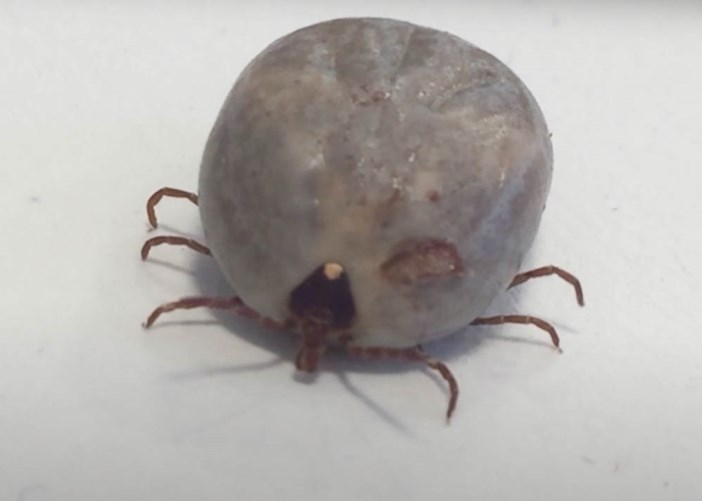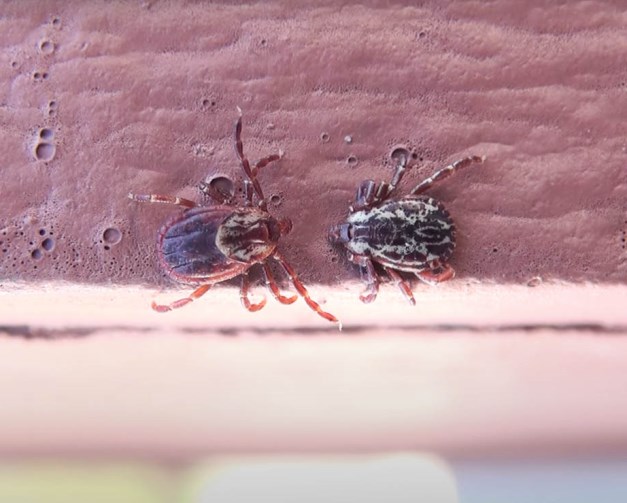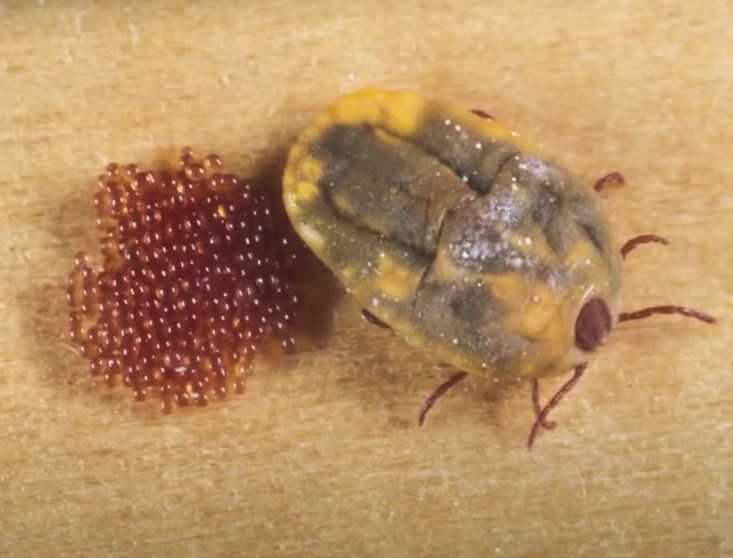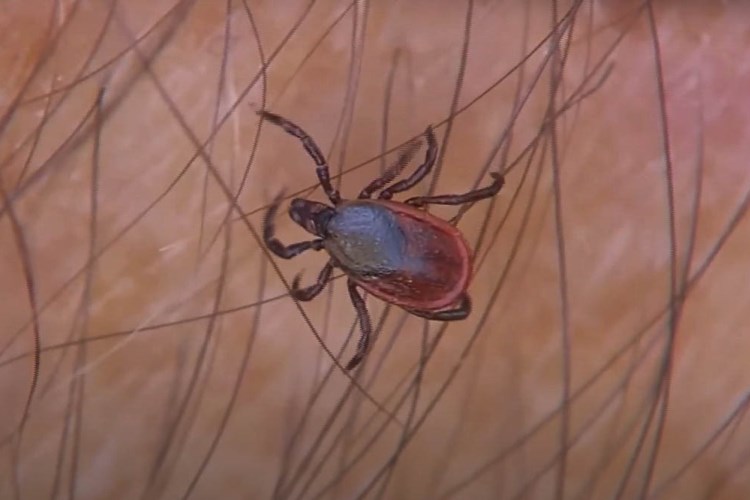About Moose Ticks
About Moose Ticks
Moose ticks, otherwise known as winter ticks, are known as notable external parasites of moose. They do not spread diseases but can infest moose in large quantities with fatal consequences.
Appearance
The average length of moose ticks is ¼ of an inch. The length of the females can increase to ¾ of an inch after they take complete blood meals. Adult males and females have different physical features.
The females have a reddish-brown body with a creamy white shield just behind their head on the dorsal end of their bodies. On the other hand, the males have a white crosshatch pattern on their backs. They also have dark-brown bodies.

Behavior
A notable feature of moose ticks is the fact that they are a one-host species. This means that all through the different development phases, they do not change hosts. While other species take sufficient blood meals and then fall off the host to molt to the next stage, the moose ticks stay with suitable hosts for the entire period of development. Moose is the main host of the ticks. They can also infect other mammals like deer, elk, and mountain sheep. The hosts of moose ticks specifically belong to the deer family.
Life Cycle
As mentioned earlier, moose ticks are a one-host species and can cause a lot of harm to their hosts through their long-term blood-sucking and the accompanying discomfort. The female adult lays large numbers of eggs and dies afterward. The eggs hatch into larvae which climb to the tip of grass and other vegetation waiting for hosts to pass. Larvae typically congregate so that the moose can pick up a large number of them at a time. After they attach to the host, they take their first blood meal and molt into nymphs. The nymphs take a second blood meal and molt into adults which takes the final blood meal.
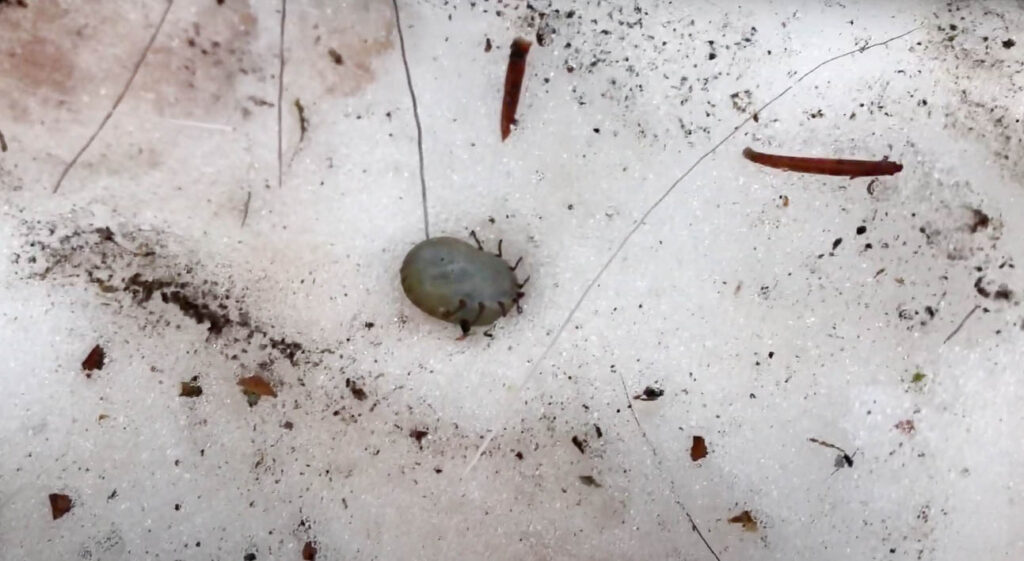
After the third blood meal, the male looks for mating partners and dies after mating. The females fall to the ground and lay eggs. Because of their grooming habits, moose are especially susceptible to the infection of the ticks. Up to 100,000 ticks can infest a single moose. The ticks typically climb to the top of vegetation to wait for suitable hosts. The larva attaches to the host and feeds on it for the rest of its life. The adult tick will only fall off to lay eggs before dying.
The population of moose can be significantly affected by tick infestations. Large numbers of ticks infest moose and cause them to begin unhealthy grooming practices. Such practices including using their hooves and teeth for grooming. They could also scratch their bodies against shrubs and trees. These practices cause the loss of the protective part of their fur.
Moose infested by large numbers of ticks steadily lose the brown part of their fur. When the white part remains, they have a ghostly appearance and are regarded as ghost moose. As the moose focuses on extreme grooming because of the tick infestation, they inadvertently reduce regular activities such as eating and resting. Thus, they lose their fat stores and begin to appear lethargic. The tick infestation also causes significant direct loss of blood.
Because of the multiple effects of a moose tick infestation, moose can die from a heavy infestation and their population can be significantly reduced in an area after ticks infest. The effects of the ticks on moose populations are compounded by the fact that there are few known natural predators of moose.
It is noteworthy that, outside the multifaceted effects of ticks on moose, they rarely transmit diseases. They also do not infect humans and are rarely found indoors. Typically, the ticks are attracted to areas based on the population of possible hosts. The moose population of an area especially influences the moose tick population.

Life Cycle
As mentioned earlier, moose ticks are a one-host species and can cause a lot of harm to their hosts through their long-term blood-sucking and the accompanying discomfort. The female adult lays large numbers of eggs and dies afterward. The eggs hatch into larvae which climb to the tip of grass and other vegetation waiting for hosts to pass. Larvae typically congregate so that the moose can pick up a large number of them at a time. After they attach to the host, they take their first blood meal and molt into nymphs. The nymphs take a second blood meal and molt into adults which takes the final blood meal.
Habitat
Moose ticks are widely distributed across North America, with large populations across the US and Canada. They are particularly found in forested areas as well as wooded areas.

